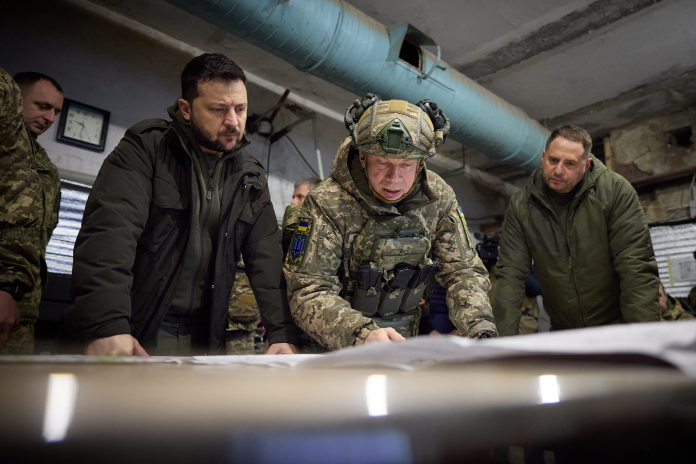
Is a piece of sabotage sufficient to turn the tide of a war? Ukraine’s recent campaigns answer that it is and occasionally is. In a war characterized by attrition, grinding and slow, Kyiv has proven to have the seeming knack for hitting way behind Russian lines, not simply at military equipment, but at the symbols of Moscow airpower supremacy. Secrecy envelops these operations, but, if successful, they combine technical expertise with strategic temerity, causing both material destruction and psychic damage.
Since last year, Ukraine’s regular military force and insurgency cells have carried out a string of high-end raids targeting Russian air and airbase targets. From stealth raids to drone attacks facilitated through the use of artificial intelligence, the raids targeted assets that have cost the Russians hundreds of millions of dollars, robbing Moscow of the capacity to project air power. The following are seven of the biggest operations that show the ways Ukraine’s deniable campaigns are remaking the air battlefield.

1. Sabotage at Rostov-on-Don: A Fighter Aircraft Burned
Ukraine’s Chief Intelligence Directorate also verified an April 24 sabotage raid at a Russian southern military district strategic crossing point at the city of Rostov-on-Don. The $50-million damaged Su-30SM fighter, tail number 35, aircraft “was destroyed by fire” subsequently, the government claimed.

The Su-30SM, known by NATO as Flanker-H, is a 4+ generation multirole aircraft capable of carrying up to 8,000 kg of weapons. Its destruction was both a tactical setback and a symbolic blow, highlighting Ukraine’s reach into Russia’s heartland. Defense Express noted the strike’s political resonance: resistance taking root even far from the front lines.
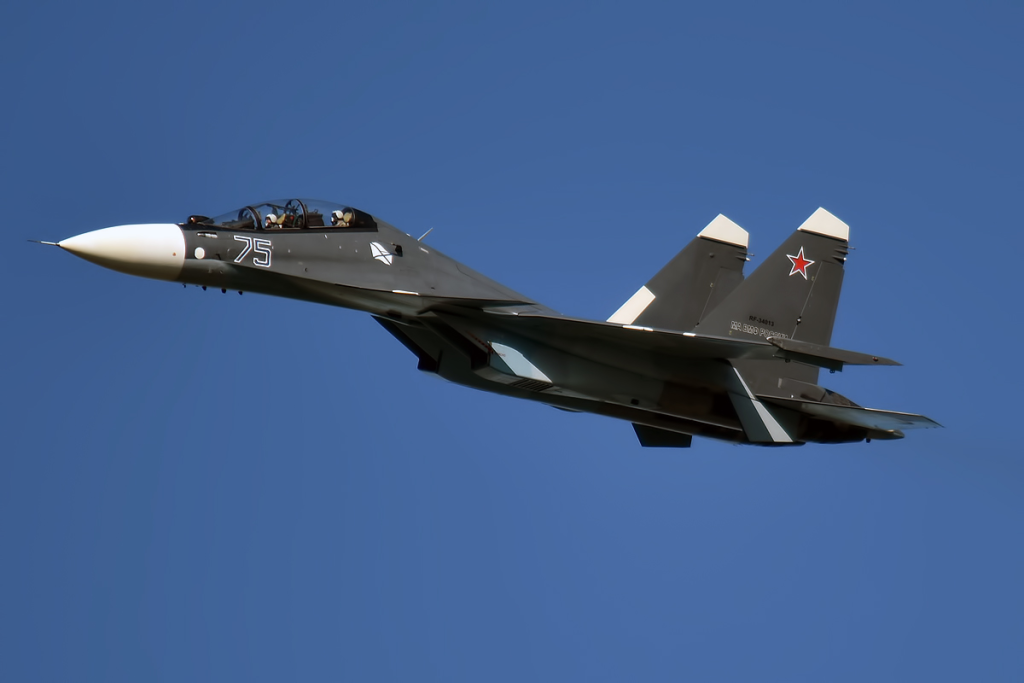
2. Friendly Fire over Crimea: Russian Fighter Is Shot Down
On October 17, Russian air defense systems at Russian-controlled Crimea were reported to have shot down their own Su-30SM fighter that was carrying out an interception task to block the Ukrainian raids. According to the spokesman for the Ukrainian Navy, Dmytro Pletenchuk, “They were intercepting the Ukrainian attacks, and that is the reason, today, they shot down the airplane over Crimea.”
Confirmations at the radios establish that the jet engines were afire at the time of the ejection. The whole incident revealed the threat and the risk the flight through disputed air space presented to the Russian air defense coordination. The loss of the $50 million asset without direct engagement with the Ukrainians stretched Moscow’s air mishap streak.
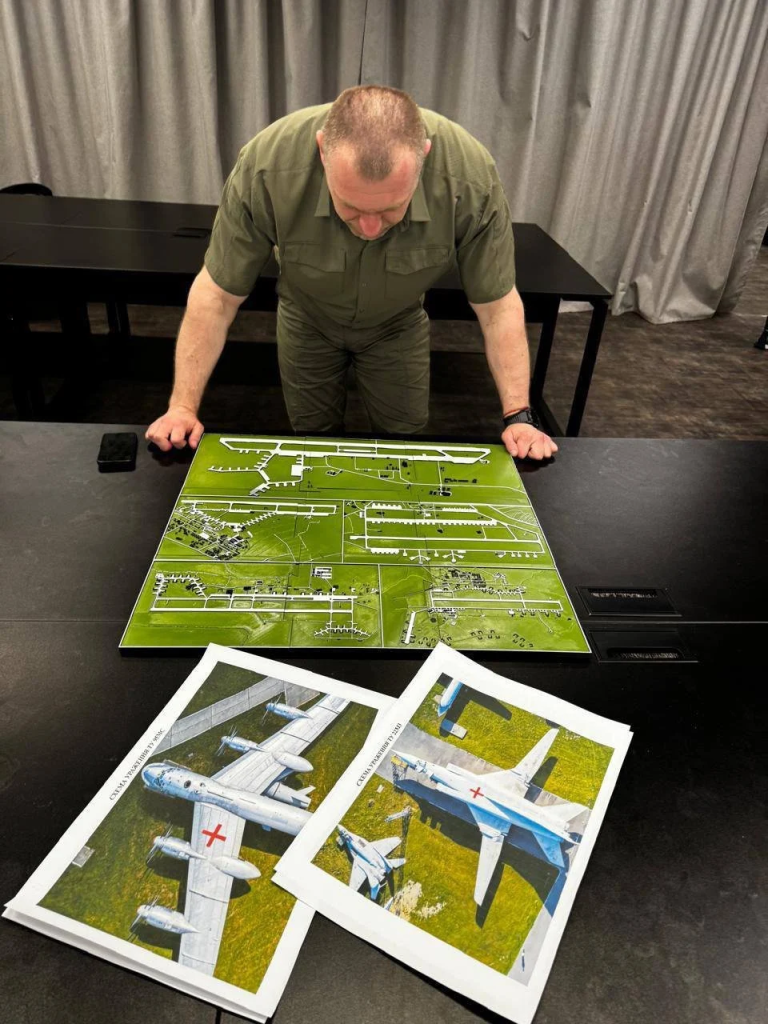
3. Operation Spider’s Web: 40 Aircraft to be Struck Within Russia
Ukraine security service-initiated Operation Spider’s Web, a collaborative drone attack on June 1, targeted four air bases across Russian territory. Bombed air bases were bombers Tu-95MS, supersonic bombers Tu-22M3, Tu-160, and A-50 AWACS aircraft.
These attacked or destroyed some 40 aircraft, some 34 percent of the Russian strategic cruise missile launching platforms. Striking at bases to the west at Murmansk to the east at Irkutsk, Ukraine demonstrated never-before-used ranges for an attack and exploited Russian weaknesses in the rear defense.
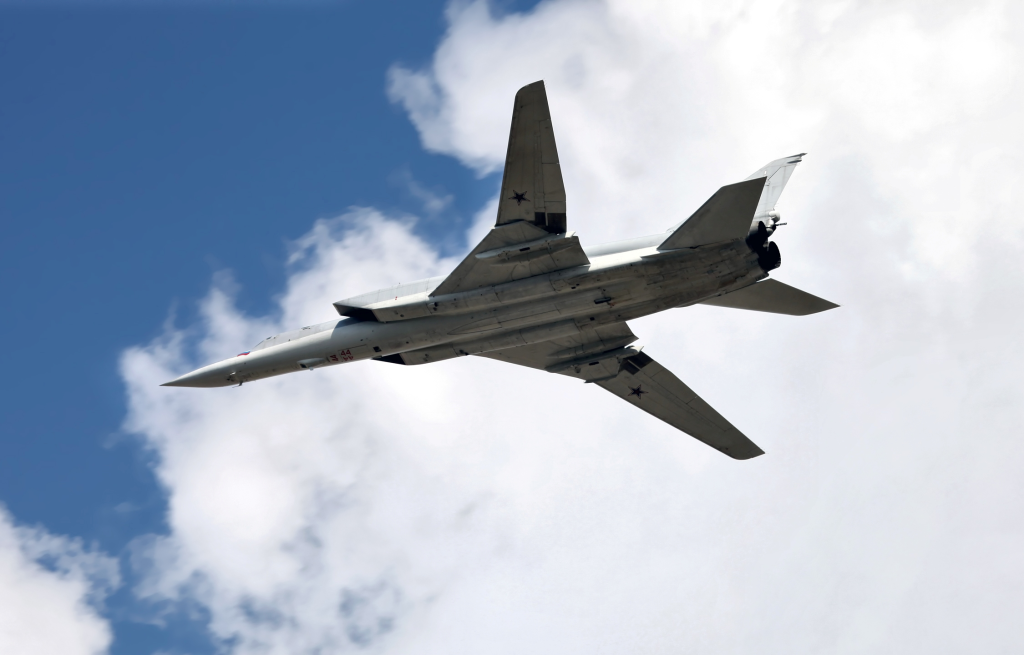
4. The Arctic Reach: Olenya Air Base under Fire
Olenya air base located at the Russian region of Murmansk, 1,900 kilometres north of Ukraine, had been assumed to fall outside the sphere of influence for Kyiv. With Tu-22M3 and transferred Tu-95MS bombers, it is a crucial site for attacks with intercontinental missiles. That assumption was broken with Spider’s Web. Trucks with hidden compartments discharged drones that evaded sequential barriers to attack aircraft at this secluded Arctic facility. The assault pushed Moscow to redefine the security for even the remotest installments.

5. Artificial Intelligence-Aid for Precise Targeting
Spider’s Web also benefited from the advantage of the AI-facilitated targeting, with machine vision models that were trained with signatures of aircraft to recognize structural weakness. First-person-view drones were also manned by operators with Russian mobile telecommunication networks, with ArduPilot software providing stable flight for medium to extended ranges.
This dual strategy allowed for precise hits on locations like underwing pylons and fuel tank joins. Video released by Ukraine’s SSU showed drones making accurate hits precisely on those locations, with a maximum damage infliction and minimum employment of munitions.
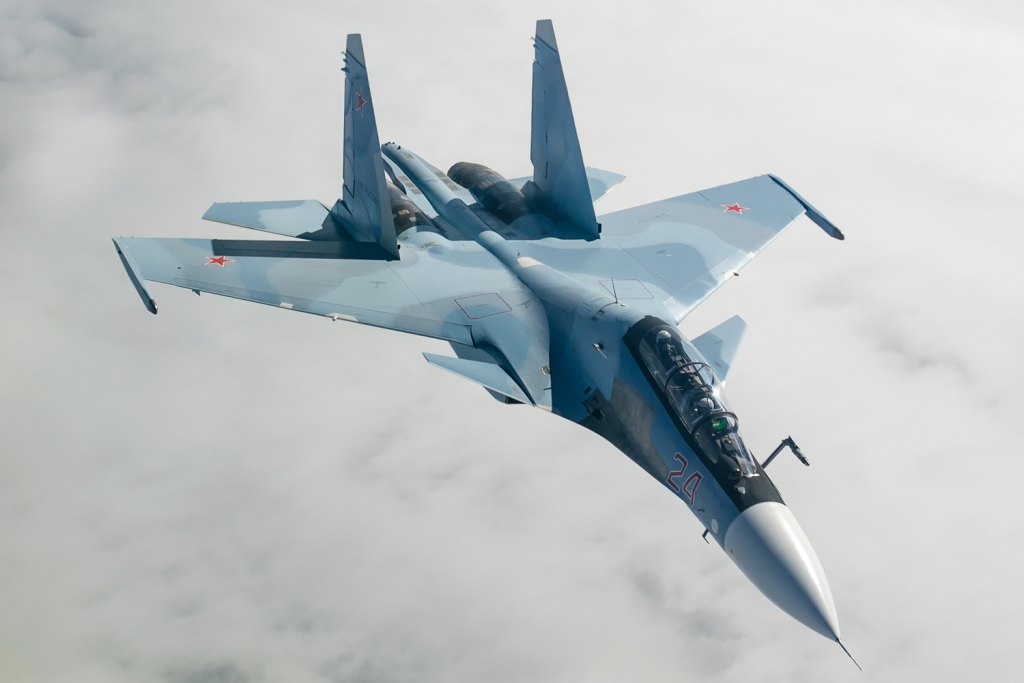
6. Krasnodar Krai Sabotage: Jet and Locomotives Disabled
In December 2024, the Ukrainian intelligence penetrated the Russian territory of Krasnodar Krai, hitting a Su-30 fighter aircraft and incapacitating three locomotives. The territory is close to the Black and the Azov Seas, making it a logistical hub for military transportation. Strike combined the destruction with the obstruction of supplies, demonstrating Ukraine’s capacity to target combatants and support for the Russian war machine.

7. Black Sea Shootdown: Su-30SM Shot Down with MANPAD
In September 2024, Ukraine’s HUR shot down a Su-30SM over the Black Sea with a man-portable air-defense system. Its 43rd Separate Naval Aviation Regiment jet had been striking mainland Ukraine with Kh-31P anti-radar missiles. The Crimean Wind monitoring team also confirmed the crash. With the elimination of an active strike platform at mid-mission, Ukraine neutralized a threat and proved the ability to contest the airspace above contested waters.
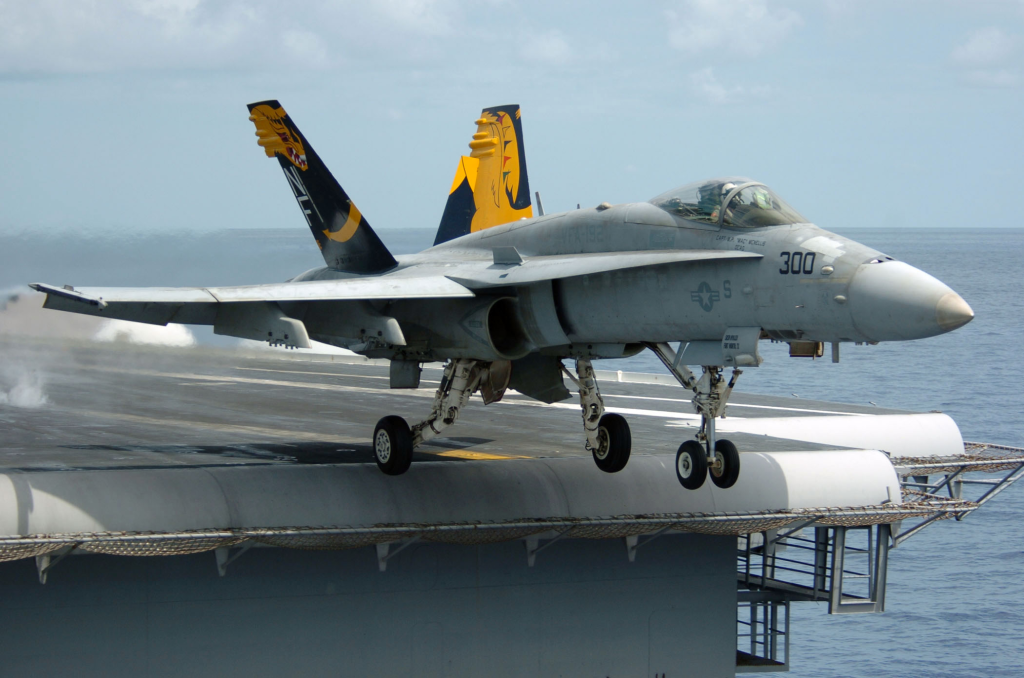
These seven attacks follow the same pattern: Ukraine is capable and intent on hitting deep behind Russian lines, with a combination of sabotage, precision arms, and novel tactics. With each attack, Russian air power is whittled away while the unmistakable point is reinforced that distance and protection are not a guarantee of security. As the war progresses, these kinds of attacks could become increasingly central to the military dynamic and to the political dynamics of the war.
